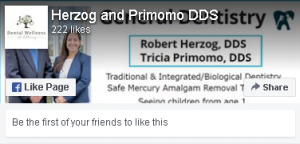Laser Periodontal Therapy: Patient FAQs
The many innovations and evolutions of dental care over the years have yielded impressive insight into how to best treat gum disease. Laser treatment is used in a multitude of ways in modern dental treatment; it is safe, effective, ad oftentimes less intrusive than other treatment methods. Laser periodontal treatment is no different.
How effective is laser periodontal therapy?
Laser periodontal therapy for gum disease is considered to be highly effective. Essentially, the diseased soft tissue is removed through therapy so new tissue can grow and the gums can properly heal. Some of the benefits of this form of treatment over the typical procedure of scaling and root planing include:
- The laser is more capable of pinpointing small areas of tissue
- The tissue can be immediately coagulated to encourage faster healing
- The patient may not feel as much discomfort during and after the procedure
Does laser periodontal therapy hurt?
One of the bigger advantages of laser therapy for gum disease is the fact that it is not such a lengthy procedure. Normally, scaling and root planing can take several visits to complete because the dentist has to carefully work on the tissue just at the gumline. Laser therapy can be generally painless for the patient. Some patients will not even need to be injected with localized anesthetic.
How long will it take to heal after treatment?
You should start to heal relatively quickly after the procedure. The laser does not cause as much trauma to the gum tissue, which means less swelling and inflammation. Less inflammation can mean faster healing times overall.
An Albany Biologic Dentist Can Help with Laser Periodontal Therapy
Biologic dentists take the most innovative approaches to some of the most common oral health concerns. If you are interested in laser treatment for periodontal issues, reach out to us at Dental Wellness of Albany, NY to schedule a consultation.




